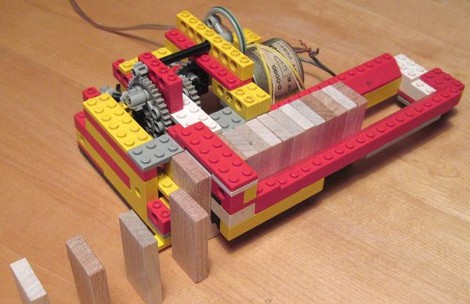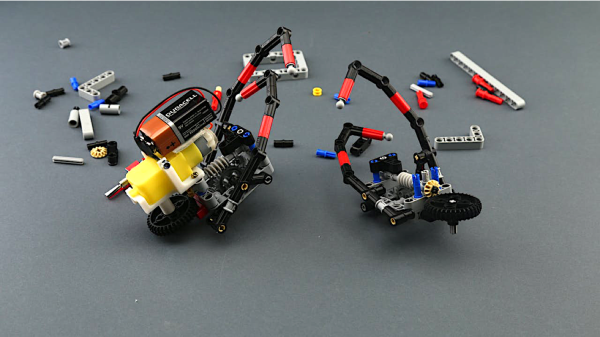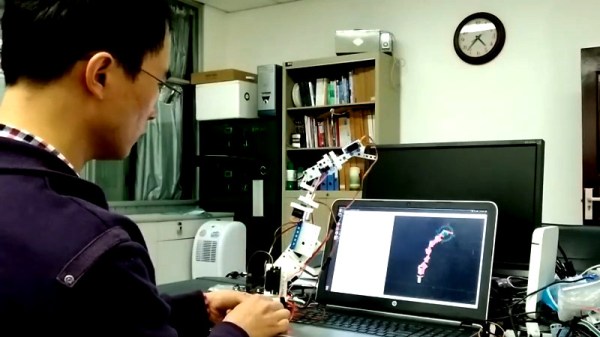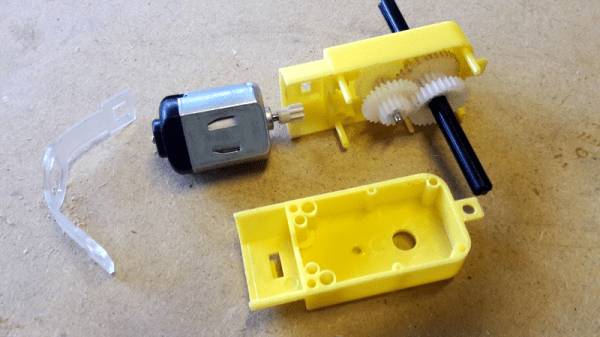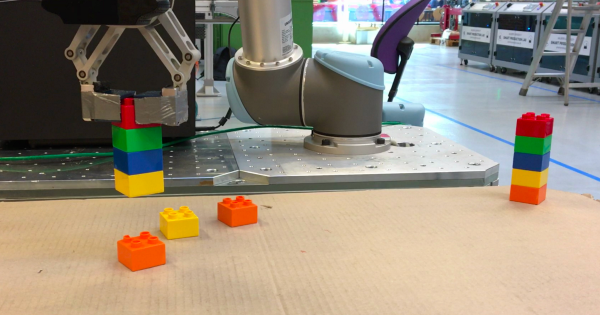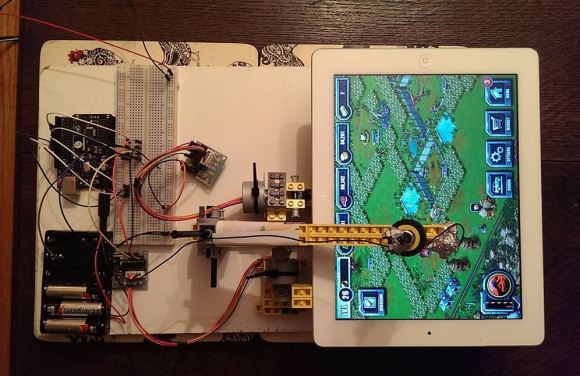
[Uli Kilian] — best known for solving 100 Rubik’s cubes during the 2011 London Marathon — got addicted to a free iPad game called Jurassic Park builder. Being the efficient man he is, he soon realized the game could be automated — after all, you just have to tap on dinosaurs every few minutes to earn in-game currency…
He’s using a Lego Technic set with an old iPad, and an Arduino connected to a Windows laptop. Wheels roll the iPad back and forth as the robot plays the game. The “finger” of the robot is wrapped in tin-foil and connected to a ground pin to simulate a human finger for the iPad. The article doesn’t explain how it works, but by looking at the robot it appears to just randomly tap away back and forth across the screen — which we guess works for this game?
He hasn’t played with Lego since he was 8, and only just learned about the Arduino a few weeks prior to building this. As a 3D artist he was intrigued to do something in the real-world — nice!
[Thanks Aurelio and William!]

